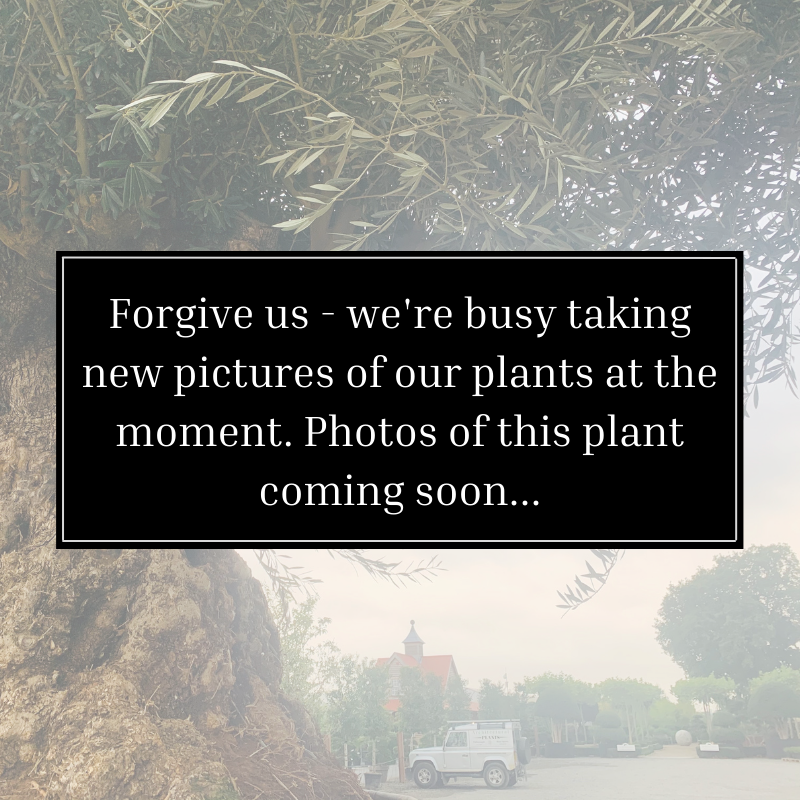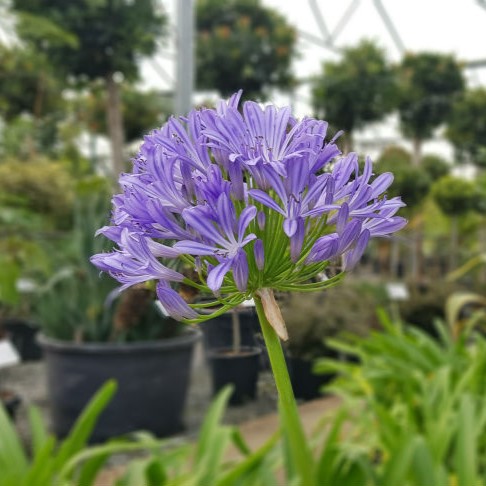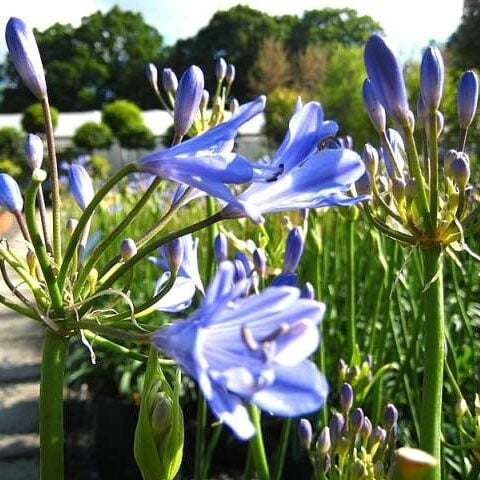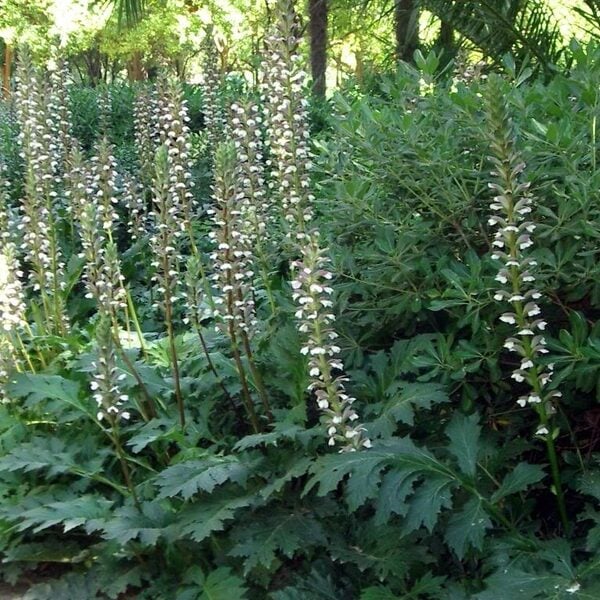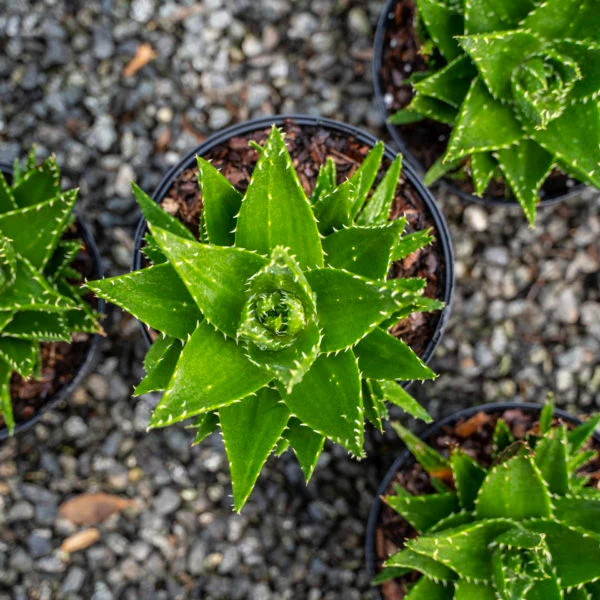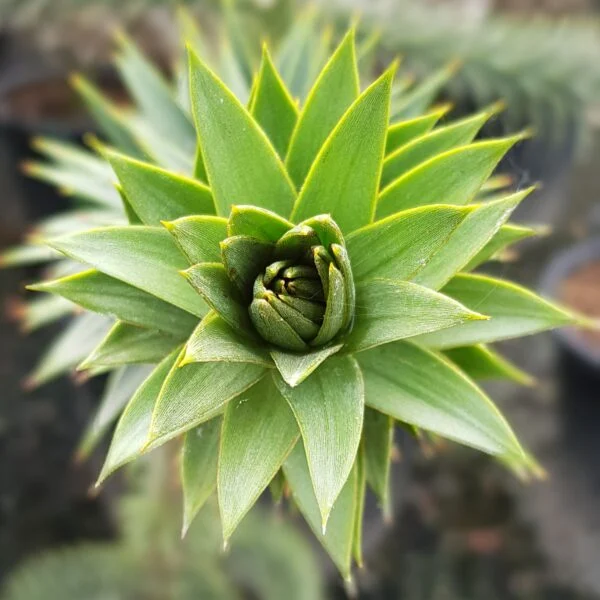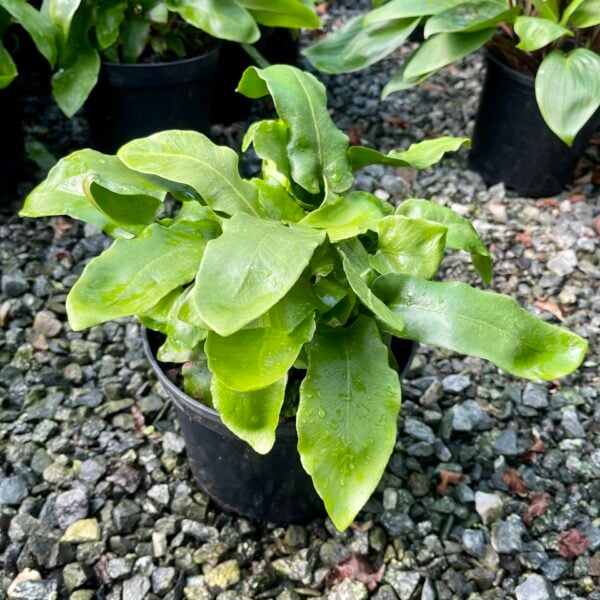Crataegus Laevigata ‘Paul’s Scarlet’ (Red May Tree)
Perfect for the small garden, this round headed hardy tree can grow to 5 x 4metres over 20 years. The fully double pinky red flowers emerge in late May followed by bright red haws. Happy in full sun to partial shade on any soil and any site including coastal and polluted situations. Can be a bit slow to root our so stake when planting and prune lightly for the first year or so until thoroughly established. Fruit are ornamental – not to be eaten. Please contact us for stock availability and sizes.

Hardiness level Green
Perfect for the small garden, this round headed hardy tree can grow to 5 x 4metres over 20 years. The fully double flowers emerge in late May followed by bright red haws (berries)
Fabulous small tree with multi-season interest. The flowers are deeply pink and frilly and very abundant and will be a magnet for early summer insects, thus feeding the birds who will no doubt be nesting in the safety of its thorny stems. Two thumbs-up for wildlife, then.
From a garden design perspective, like other Crataegus, these have a distinctly ‘English-countryside’ feel (and smell) to them so you’d naturally imagine a cottage garden setting, very bucolic and heavingly herbaceous. Lovely if that’s your thing.
Our angle is one of more playfulness and contrast: for the softly-rounded canopy of a Red May Tree held aloft on its prettily-barked trunk and branches looks smashing hovering over an array of our clipped mounds, bobbles and undulating blobberies. We reckon the kind of tight sculptural forms achieved by clever shaping and expert creative maintenance look all the more dynamic when juxtaposed with some rugged, natural forms of living architecture like this.
Not to push the (thorny) point but incidentally the name ‘haw’ is an Old English word for hedge, taken itself from the Anglo-Saxon word ‘haguthorn’ meaning “a fence with thorns”.
Happy in full sun to partial shade on any soil and any site, including coastal and polluted situations. Can be a bit slow to root so stake when planting and prune lightly for the first year or so until thoroughly established.
N.B. When clipping several plants with the same tool, have a bucket containing a 5% bleach solution and swish your blades around for 30 seconds between plants to sterilise them. This will help avoid the chance of cross contamination of disease.
As with all woody plants, plant high, exposing as much of the taper at the base of the trunk as possible. Allowing soil to accumulate around the base of a tree can be fatal. Keep very well watered when first planted.
Additional Information |
|
|---|---|
| Light | |
| Hardiness | |
| Continent of Origin | |
| Soil Type | |
| Flower Colour | |
| Features | |
| Tree Size | |
| Situation | Coastal, Exposed (To wind and sun), Mild City Gardens, Plants for Pots, Seaside, Sheltered Garden |





